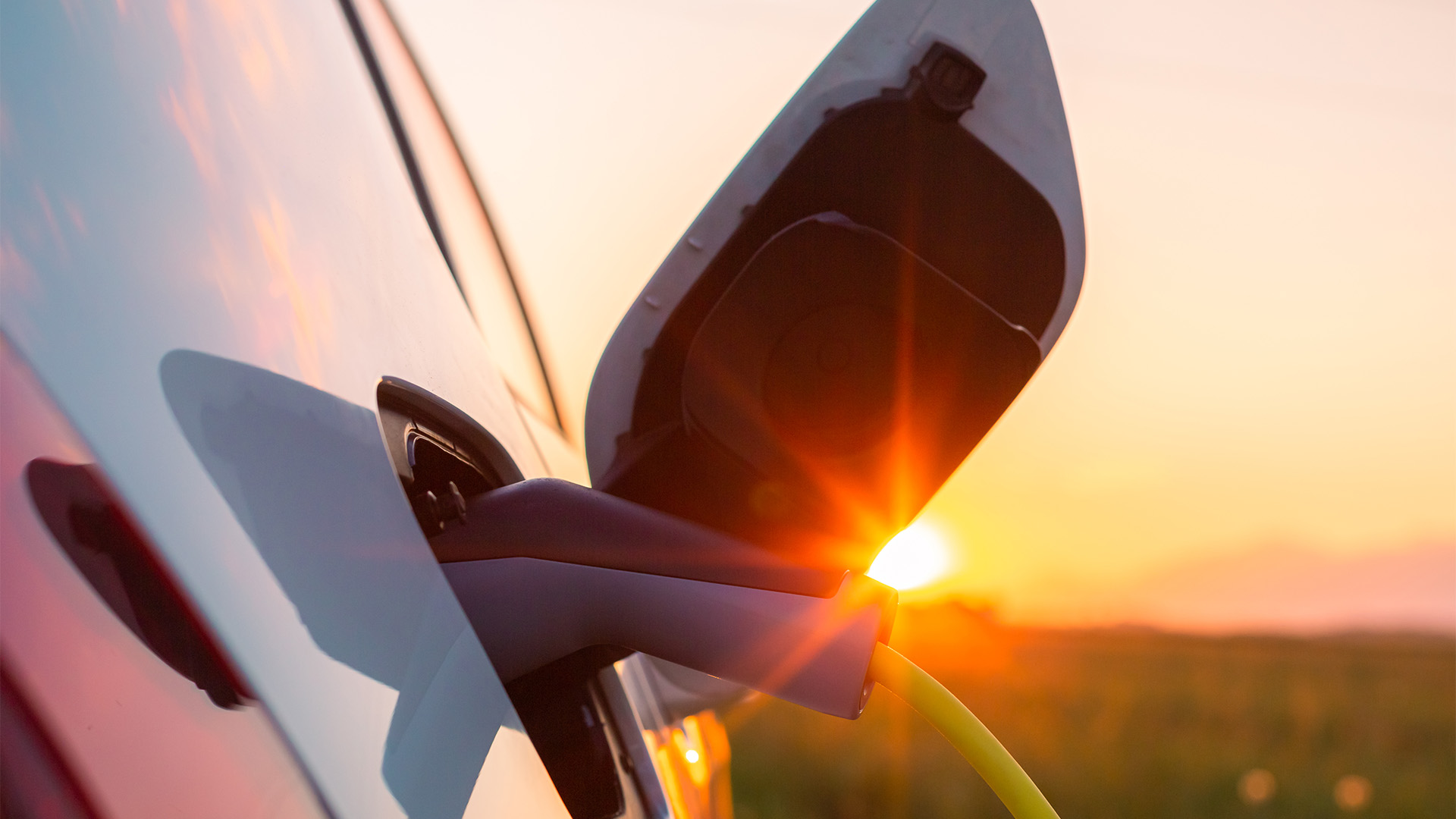Thanks to ongoing subsidies, China's new energy vehicle (NEV) sales reached another record high in September, surpassing the previous month's peak. This continued momentum is expected to push Chinese NEV sales close to the 10 million mark by December, which is excellent news for lithium and other battery/electric vehicle (EV)-related metal producers in Australia, South America, and the US.
According to figures released by the China Association of Automobile Manufacturers on Wednesday evening, NEV sales in September reached 904,000 units, marking a nearly 7% increase from the previous high of 846,000 in August and a remarkable 28% rise from September 2022's figure of 708,000.
In September, China's total vehicle sales reached 2,858,000 units, up 9.5% from the previous year, primarily thanks to the surge in NEV sales. This also represents a 10.7% increase from August. Consequently, the penetration rate of NEVs in September stood at 31.6%, a slight drop from August's 32.8%.
From January to September, China's NEV sales surged by 37.5% year-on-year, reaching 6.278 million units, constituting nearly 30% of the 21.07 million vehicles sold during that period.
These figures include wholesale sales of carmakers, both within China and for export. NEVs encompass battery electric vehicles (BEVs), plug-in hybrids (PHEVs), and fuel cell vehicles.
BEV sales in September reached a record-breaking 627,000 units, marking a 16.33% increase compared to the previous year and a 5% rise from August. This also surpassed the previous record of 624,000 units set in December of the previous year, the final month of the previous round of purchase subsidies.
In September, PHEV sales reached 277,000 units, marking the fifth consecutive monthly record. This represents a substantial 63.9% increase from the previous year and an 11.2% rise from August. However, the surge of interest in BEVs has left plug-ins lagging behind. Fuel cell vehicle sales plummeted by 93% to just 10 units in September.
NEV production in September totaled 879,000 units, an impressive 16% increase from the previous year, driven largely by excess inventory.
China's overall vehicle production in September reached 2,496 million units, marking a 3.5% year-on-year increase and a 10% rise from August.
Additionally, the data from the China Association of Automobile Manufacturers revealed that Tesla sold 74,073 vehicles made in China in September, with 30,566 units exported. Tesla's Shanghai plant produces the Model 3 and Model Y, catering to local customers and serving as an export hub.
However, Tesla's latest figures indicate a 44% year-on-year drop in deliveries in China for September and a 32.75% decline from August. In the third quarter, Tesla delivered 139,624 vehicles in China, accounting for 32.1% of its total global deliveries in that quarter.
Tesla's Shanghai factory exported 82,893 vehicles in the third quarter, marking a 22.37% year-on-year increase but an 8.45% decline from the second quarter. In the January-September period, Tesla delivered 433,729 vehicles in China, a 36.33% increase compared to the same period in 2022. The company's total global deliveries in the same period exceeded 1.3 million.
BYD, a leading player in the sector, sold 287,454 NEVs in September, marking a 42.83% year-on-year increase and a 4.76% rise from August, marking its eighth consecutive monthly high.
Among BYD's passenger NEVs, BEVs accounted for 151,193 units sold in September, a 59.25% increase compared to the same month last year and a 3.82% rise from August. In the third quarter, BYD's passenger NEVs reached 822,094 units, a 53% year-on-year increase and a 17.4% rise from the second quarter.
BYD's passenger BEVs sold 431,603 units in the third quarter, marking a 67% year-on-year increase and a 22.56% rise from the second quarter. In the January-September period, BYD sold 2,070,255 passenger NEVs, a remarkable 76.14% year-on-year increase, with sales of passenger BEVs topping the million-unit mark at 1,048,413, marking an 80.1% year-on-year increase.
The company also sold 1,021,842 passenger PHEVs in the January-September period, surpassing the 1-million-unit mark and marking a 72.3% year-on-year increase.














